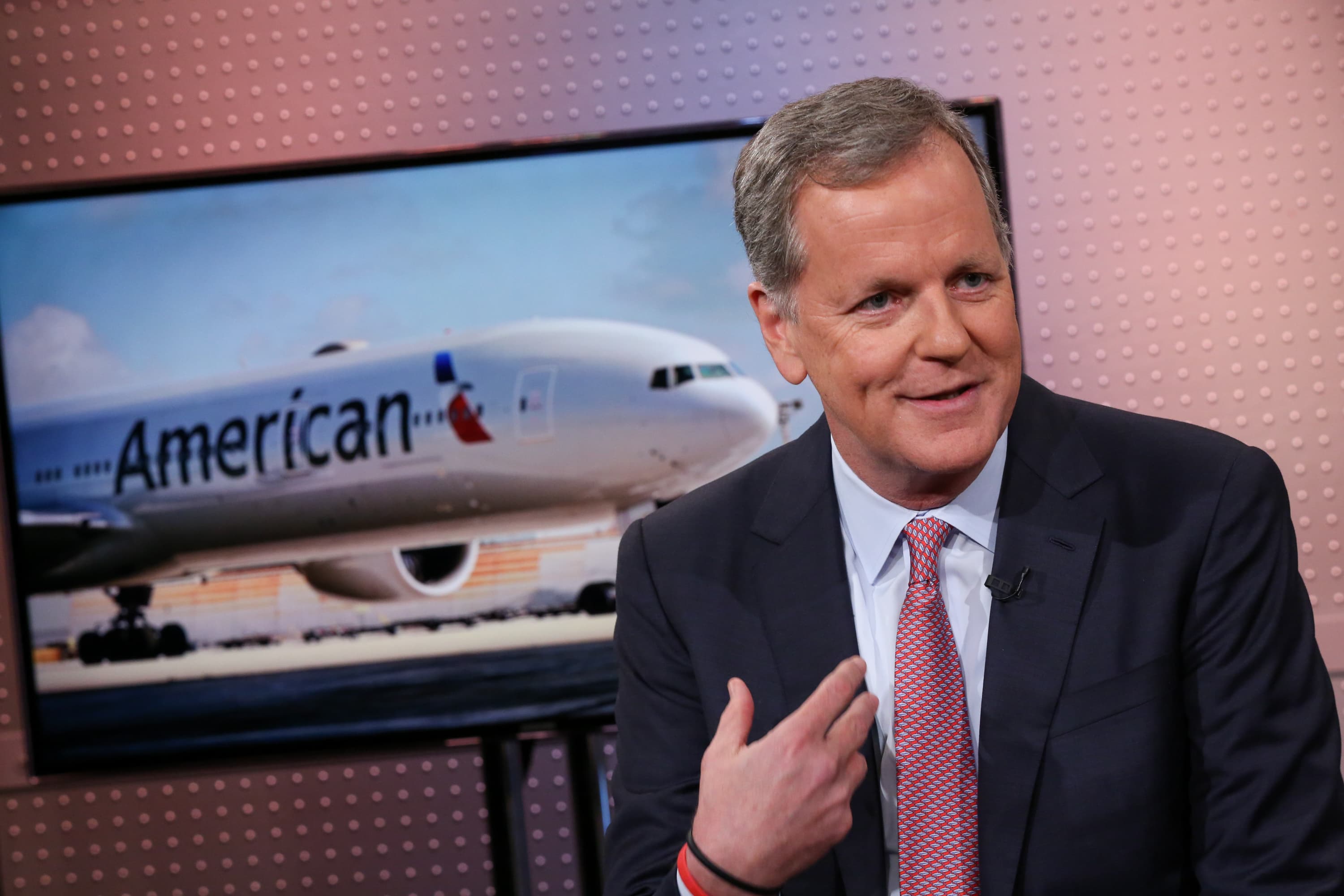
A closed sign is displayed in the window of a business in a nearly deserted lower Manhattan on April 17, 2020, in New York. Many small businesses benefited from a government emergency loan program during the pandemic, but its effectiveness is still in doubt. Spencer Platt/Getty Images
When the pandemic hit last year, Andrew Leckie, who runs half a dozen restaurants and a catering company in Edmonds, Wash., was forced to lay off more than 200 employees.
Demand for his oysters and craft cocktails had dried up and his businesses were in trouble until a program intended to provide loans to small businesses like his came to his rescue.
"I don't think there's any way we would have been able to withstand the financial challenges that existed without this money," Leckie says.
Taking advantage of the loans provided by the federal government's Paycheck Protection Program (PPP), he was gradually able to rehire about three-quarters of his workforce.
The Paycheck Protection Program, first passed early in the pandemic as part of the CARES Act, was meant to provide loans to help small-business owners like Leckie keep workers on the payroll. Businesses wouldn't have to pay the money back as long as they used most of the loan proceeds to pay staff.
But despite plenty of success stories like Leckie's, there's little consensus on how many paychecks it actually protected, a question that lingers as the PPP is due to wind down in coming weeks after it depletes all of its available funds.
The program, after several extensions passed by Congress, guaranteed more than 10 million loans to small businesses during the pandemic at a cost of more than $770 billion so far.
The Small Business Administration oversaw the program, and initial demand was overwhelming. The first $350 billion Congress set aside for loans was snapped up in less than two weeks.
But it was hit by controversies from the start. People were outraged when wealthy and well-connected outfits like the burger chain Shake Shack and the Los Angeles Lakers basketball team got loans, while others were left on the sidelines. Some big borrowers were shamed into giving the money back.
The Justice Department has also brought more than 100 criminal cases alleging fraud against the program. In its push to get money out the door quickly, the Small Business Administration approved more than 2 million loans that were later flagged as potentially problematic.
"The scale of this program is so beyond anything the Small Business Administration has had to run previously, it's mind-blowing," says Sean Moulton of the watchdog group Project on Government Oversight.
"How well did it work? I don't think anyone has a good answer to that question," he adds.
Economists have also raised questions about whether the loans actually kept workers on the job or simply subsidized businesses that would have been open anyway.
"We really underestimated the ability of lots of not-in-person service businesses to not only continue doing what they're doing, but even do more of it," says economist John Friedman of Brown University. "As a result of that, a lot of PPP money went to firms that were in fact not really that affected by the pandemic."
Friedman and his colleagues estimate that in its first four months, the loan program actually saved only about 1.5 million jobs — at a cost of about $377,000 each.
Michael Faulkender, who as assistant Treasury secretary for economic policy in the Trump administration helped craft the loan program, argues that it played a much larger role, helping to save more than 18 million jobs during its early months.
"I think relative to how devastating things could have been, PPP was extraordinarily successful," Faulkender says.
Faulkender argues that without the loan program, even more people would have been dumped into the unemployment system, which was already overwhelmed by millions of laid-off workers seeking benefits.
A survey by the Federal Reserve last year found 82% of small employers applied for a PPP loan, and 77% of those who applied received all the money they asked for. Nearly half of those firms still reduced the number of workers they employed.
But layoffs were even more common among companies that didn't get PPP loans. What's more, employers that got a loan were more likely to rehire workers who had been laid off.
Faulkender stresses that the program was originally designed as a kind of economic lifeboat — to keep workers and businesses afloat and together for what was expected to be a brief shutdown, lasting perhaps two months.
Of course, the pandemic has dragged on much longer than that, but despite the doubts, there are plenty of success stories.
Andray Hall credits a PPP loan with keeping his New Jersey kitchen cabinet company afloat during a period when no one wanted strangers taking measurements inside their home.
"For me, it's about the people," Hall said. "The company, we can survive it, but the people, if they fall, it's hard to get back up."
Or take Leckie. His business partner improvised a takeout menu that included barbecue and fried chicken. They added outdoor verandas to the restaurants, with plastic protection against the wind and rain.
And after taking advantage of two rounds of PPP loans, he's still in business.
"I just feel as though it's been a blessing that we're able to still be standing today," he said. "And I think the PPP has played a big part in that."
Article From & Read More ( Did Emergency PPP Loans Work? Nearly $800 Billion Later, We Still Don't Know - NPR )https://ift.tt/3eylJvj
Business

No comments:
Post a Comment